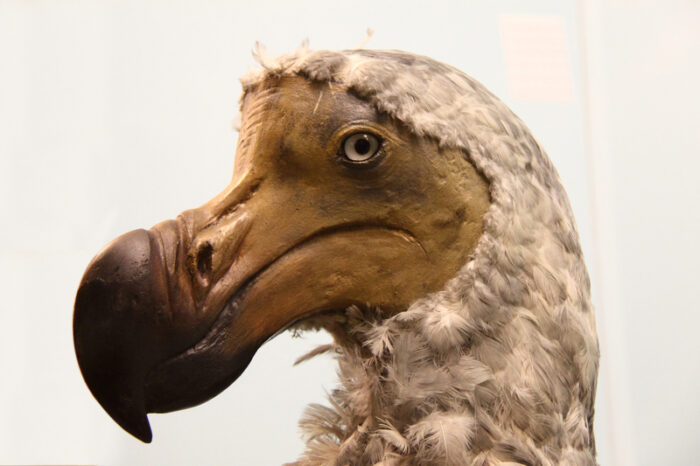For years, the dodo has been used as a kind of slang for something that is outdated or no longer around. And with good reason.
The dodo is an extinct animal.
The last confirmed sighting of this flightless bird was in 1662, over 360 years ago. This was on the remote island of Mauritius, which is in the Indian Ocean, east of Madagascar. This was the only place the dodo ever lived.
Since that time, this bird has only existed in sketches and paintings, a few collections of skeletons, and our imagination. But a biotech company called Colossal Biosciences wants to change that by doing the seemingly impossible.
It wants to bring the dodo back to life.
Science fiction to science reality?
The dinosaurs of Jurassic Park has captured our imagination for years. (Getty Embed)
Bringing back extinct animals is something that has been a part of science fiction for a long time now. The most famous example is the Jurassic Park/World series, but there are many more examples. And it is easy to see why.
We are fascinated by history and moments from the past. Being able to bring an extinct animal back to life would be like creating a living time machine. But like so much science fiction, there's a big difference between something being possible in theory and actually doing that thing.
So why are the people at Colossal Biosciences so confident?
Genome sequenced
Genome research is complicated and takes a long time. (Getty Embed)
Recently, researchers were able to sequence the genome of the dodo. The genome is essentially the blueprint for an animal—a long, extremely complex chain of molecules that is the key to everything that makes that creature distinct.
The human genome, which was also recently mapped out, contains an astounding 3.2 billion 'pairs', a unit of genetic information. Though the dodo's is shorter, completing it was still a huge task. And now that we have that information, we can, in theory, bring it back.
In theory.
The key issue is that you can't just plug the information of a genome into some computer and create a new creature. It requires working with a living thing that is as similar as possible to the extinct animal so that it can act as a 'host' for the genome. In this case, it would likely be some sort of dove or pigeon, as they are the closest living relatives of the dodo.
The result would be a 'mostly dodo'—a creature that contained a majority of the traits of the extinct animal, but that would also still have some characteristics of the host species.
Should we do this?
Should we spend time bringing extinct animals back? Or focus more on saving the animals that are still living but endangered, like these cranes? (Getty Embed)
The idea of bringing back an extinct animal is thrilling, no doubt. In addition to the dodo, companies like Colossal Biosciences hope to bring back other recently extinct creatures like the Tasmanian tiger and even the much more ancient woolly mammoth.
All of these projects will be extremely challenging to pull off, requiring an immense amount of time, research, and money. As a billion dollar company, Colossal seems ready and willing to pay the bill.
But is it the right thing to do?
According to Beth Shapiro, a lead geneticist on the project, bringing the bird back to its original habitat of Mauritius would be about setting things right. And it could serve as an inspiration.
"It's our responsibility to bring stories and to bring excitement to people in a way that motivates them to think about the extinction crisis that's going on right now," she told CNN.
But many activists say that we should be more focused on saving the endangered animals that we still have, not trying to bring back the ones that are gone.
Perhaps there is a way that genome research can be used to do just that? Humanity is at a point where science fiction is becoming more and more a reality. Who knows what we will see in the next 20 years? A live dodo? Maybe!
In the mean time, watch the video that we made back in 2019 discussing a very similar idea—bringing back the mammoth.
 A stuffed model of a dodo. (ID 11183785 © Gunter Hofer | Dreamstime.com)
A stuffed model of a dodo. (ID 11183785 © Gunter Hofer | Dreamstime.com)










I LOVE YOU OWL!!!!!!!!!!!!!
dodo